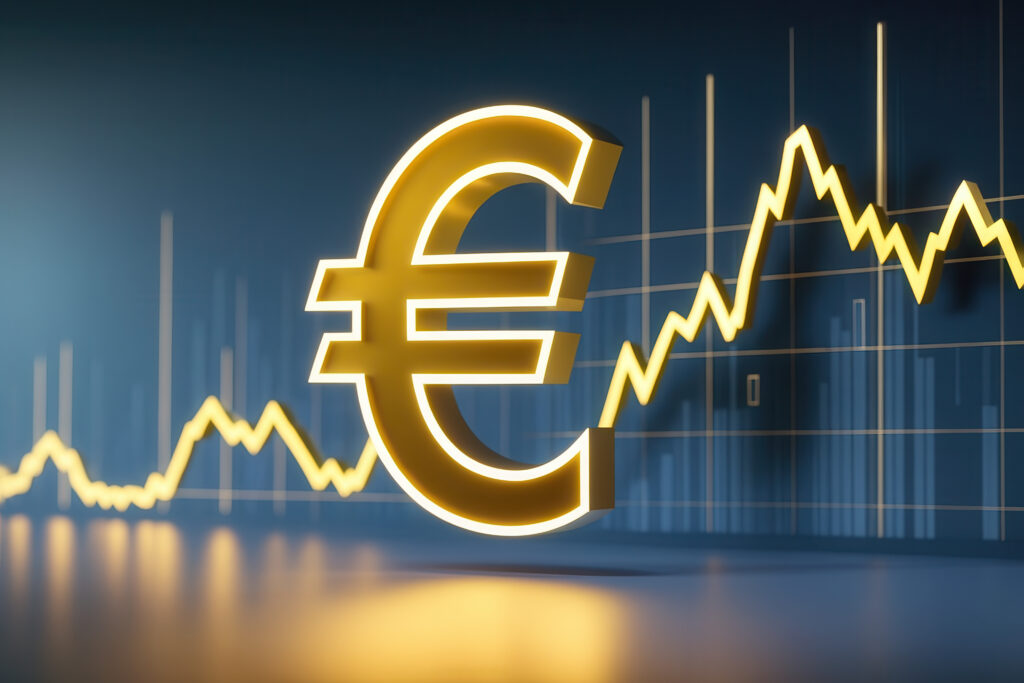
Key Takeaways:
- The EU is considering Ethereum and Solana as potential platforms for the digital euro, moving away from private blockchains.
- Public blockchain integration would mark a major shift toward decentralization in Europe’s CBDC approach.
- Concerns over U.S.-backed stablecoins and financial sovereignty are driving EU interest in alternative infrastructure.
The European Union is exploring the use of major public blockchains such as Ethereum and Solana as potential foundations for its planned digital euro.
According to reports, the European Central Bank (ECB) is actively evaluating whether a public blockchain infrastructure could support the project, signaling a potential shift away from private blockchain models.
JUST IN: 🇪🇺 EU accelerates plans for digital euro stablecoin with potential rollout on Ethereum or Solana blockchain. pic.twitter.com/PyIK21SRyL
— Watcher.Guru (@WatcherGuru) August 22, 2025
Public blockchains allow open participation, in contrast to private systems that restrict access to approved entities.
If adopted, this would mark a significant milestone for the digital euro, which still lacks a finalized technological framework.
Sources familiar with the matter note that EU officials are now taking public models more seriously.
A private approach, they said, would resemble China’s tightly controlled digital yuan, while a public model aligns more closely with U.S. firms like Circle, which issue widely accessible stablecoins.
Policymakers remain concerned about the growing dominance of U.S. dollar-backed stablecoins, which currently account for 98% of the global market.
ECB board member Piero Cipollone previously argued that a digital euro could help mitigate these risks by reducing reliance on foreign-issued assets.
While Ethereum and Solana are not officially confirmed, their consideration underscores a potential turning point in Europe’s CBDC strategy.

